Art, design principles and neuroscientific insights can come together to create aged care spaces that improve the wellbeing of residents living with dementia by stimulating their sense of “beauty and wonder”, says artist Sharron Tancred.
The founder and creative director of Brisbane-based Tailored Artworks has pioneered utilising art and design for dementia-friendly environments, transforming dozens of aged care homes around Australia, and is a speaker at International Dementia Conference 2024 in Sydney, September 5-6.
“The right kind of artwork, that people with dementia can perceive and use as landmarks, that they can reminisce with, and have conversations about – that creates dopamine, it raises wellbeing, it improves health,” says Sharron.
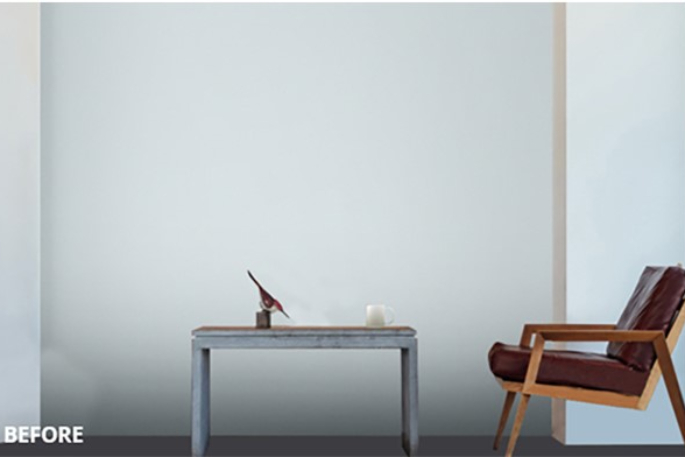
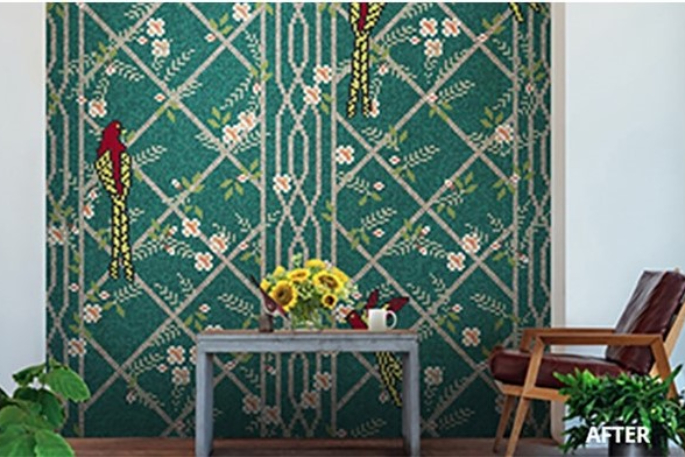
But there’s more to it than choosing and displaying art pieces with uplifting images, colours, surfaces and dimensions.
It’s about using the science around art technologies when designing or renovating rooms, corridors, doors, windows and signs to make them both attractive and comprehensible to people with impaired perception and visuospatial abilities, and often also age-related seeing difficulties, such as macular degeneration.
“It’s a mixture of colour psychology, interior decoration, dementia science and neuro-aesthetics – a new science that looks at how we are neurobiologically geared to be affected by the aesthetics all around us.
“Art provides activity: it’s a holistic solution to a problem that dementia experts and carers have been coming to me about for 16 years.
“In residential aged care, we have people who have lived in their own homes their whole life and suddenly they’re in a community of, say, 60 people in a hospital-style environment.”
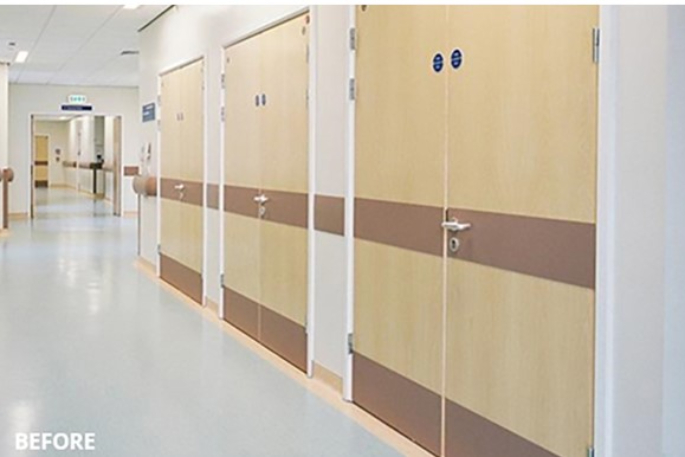
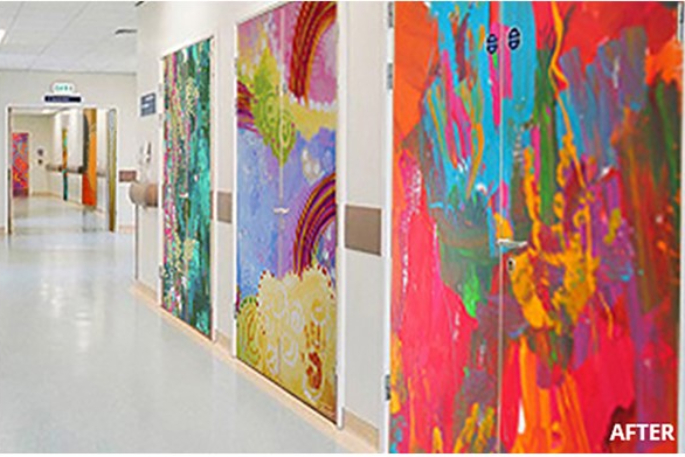
Sharron says many aged care residents are bored, and boredom causes depression.
“Over fifty per cent of people in residential aged care have symptoms of depression and 60 per cent are medicated – that’s a cost and a very unhealthy cost.”
An artist, graphic designer and interior decorator by training, Sharron’s engagement began when she was commissioned to design murals to enliven a dementia care facility that looked dismal, despite caring staff.
“I got increasingly interested about the science and how I could help,” she said. “And the aged care providers I have worked with have shared their experiences and given me many insights.”
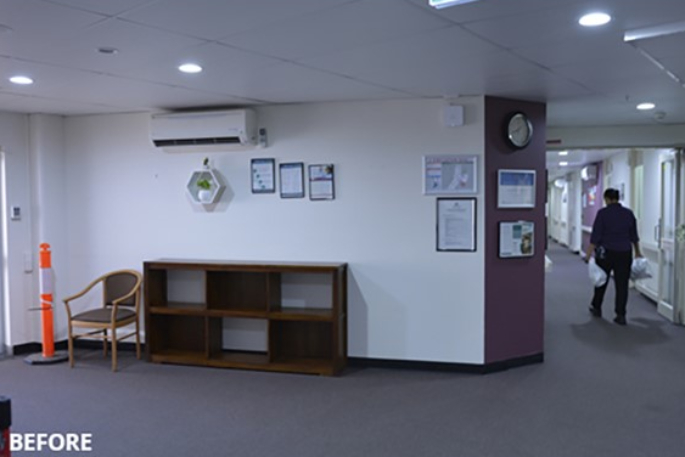
Sharron gives examples of how well-chosen art and design makes everyday life better for residents and staff:
Wayfinding as landmarks: Artworks that attract and engage curiosity become associated with specific locations, so residents can identify places and their purposes.
Personalised room doors: Tailored door designs help residents identify their own rooms, preventing wrong room entries that provoke embarrassment and incidents.
Sharron has seen a great upsurge in aged care home operators’ interest in dementia-friendly design since the Royal Commission into Aged Care Quality and Safety (2018-2021) which underscored the importance of accommodation design in providing high quality care.
In response to the Royal Commission’s recommendations, the Department of Health and Aged Care in July published National Aged Care Design Principles and Guidelines for new and refurbished aged care facilities.
The International Dementia Conference is a biennial event, run by The Dementia Centre, bringing together in Sydney international experts, health care leaders, practitioners and people with lived experience, to discuss the latest insights and developments in complex dementia treatment, palliative care and positive ageing.

.jpg)

0 comments
Leave a Comment
You must be logged in to make a comment.